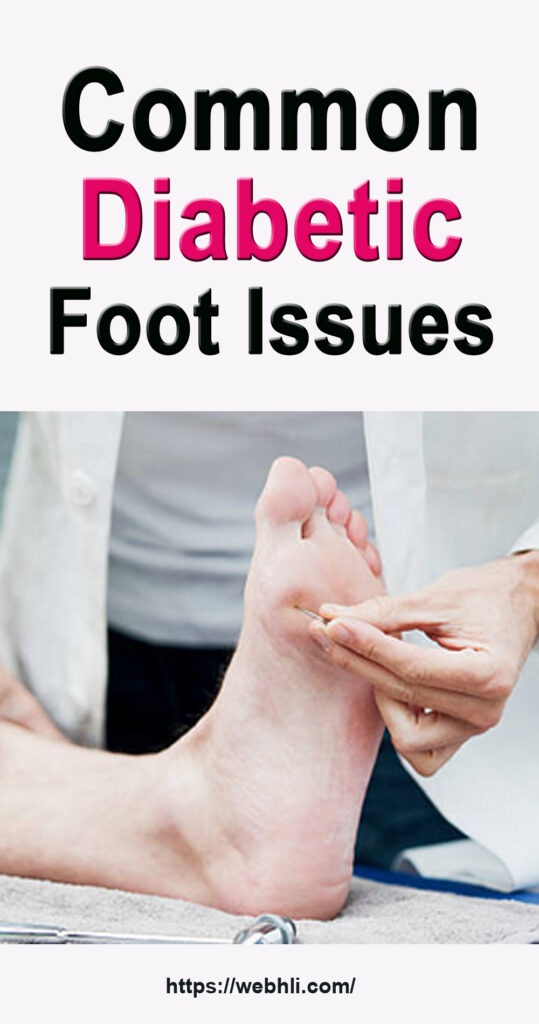
Diabetes is a serious health epidemic affecting millions of Americans. New advancements in technology have been able to better diagnose diabetes and more is being learned about the health condition than in decades past.
While diabetes can be result of a sedentary lifestyle and poor dietary choices, it can also be hereditary, being passed down to family members.
Diabetes is a condition where the body's normal production and absorption of insulin is hindered. This alters the amount of sugar in the blood and the body's cells intake of glucose for energy and proper functioning.
Check out these related articles, too:
Zinc Shown to Promote Insulin Production In Diabetics
Prevent Side Effects From Diabetes Drugs
Why You Should Stop Taking Drugs for Your Diabetes
What Does It Mean To “Reverse Diabetes?”
Minerals That Lower Blood Glucose
Skin Problems Connected to Diabetes
What is the biggest contributor to diabetes?
Diabetes and Higher Than Normal Fasting Blood Sugar Levels
With diabetes, patients are at higher risks of infections, blindness, oral health issues and nerve damage.
Diabetics are also at higher risk of severe foot injuries.
Common Diabetic Foot Conditions
Some of the foot conditions experienced with diabetics include those involving foot nerve damage and common foot issues that get infected and progress into more serious foot health issues.
Neuropathy. When diabetes aren't controlled, loss of nerve functioning can result. The damaged nerves in the feet will result in the inability to feel heat, cold or pain. This foot neuropathy can be dangerous as one can have a foot injury which gets infected and not even know anything is wrong because of the lack of sensation. Similarly, one's feet can get burned and frost-bitten without the patient even knowing.
Foot ulcers, and cuts in the feet, and swollenness are common diabetic foot conditions that can result from diabetic foot neuropathy.
Athlete's Foot. This common foot health condition is a fungal infection that creates itching, red, and cracked feet. Germs can enter these cracks leading to infections.
Fungal Nail Infections. Fungal infections of the nails make the nails discolored, thick and brittle. Sometimes the infection will cause the nail to separate from the rest of the nail.
Calluses. With calluses, hard skin will develop on the underside of the foot. There are many causes for calluses besides diabetes including improperly fitting shoes, a skin abnormality or an uneven distribution of weight.
Corns. This common foot condition is where there is a build-up of hardened skin either between the toes or near a bony area of the toe. Corns are the result of pressure and rubbing of the toe with the shoe or other toes. With diabetics, however, corns can get out of control, especially if they experience nerve damage in the foot.
Blisters. Blisters are common foot issues experienced by diabetics and non-diabetics alike. While blisters are often painful and cause discomfort, those with diabetes may not feel the pain of the blisters, increasing their risk of the blisters worsening and getting infected.
Bunions. With bunions, the big toe angles towards the second toe, making the joints of the big toe to become misaligned. Calluses, swollenness and redness at the base of the crooked big toe can also result. Bunions can cause severe pain and deformity requiring surgery.
Dry Skin. Everyone suffers from dry skin on the feet at some time or another. Diabetics, however, can have particularly cracked feet that can result in splits and cuts of the skin, which allow germs and bacteria to enter, leading to possible infections.
Foot Ulcers. Foot ulcers are deep cuts and sores on the foot that can easily get infected without immediate care. Foot ulcers can be the result of an infection of an originally small, minor scrape that wasn't treated, or from the pressure and rubbing of the foot against the inside of the shoe.
Hammertoes. Weak, bent toes are called hammertoes. The weakened tendons and muscles of the toes keep the toes from fully extending, making them curl under the foot. Hammertoes can lead to blisters, sores, calluses and difficulty walking.
Ingrown Toenails. With ingrown toenails, the corner of the toenails grows into the skin of the toe. Pressure, pain, swelling, drainage and infection can result.
Plantar Warts. With plantar warts, an infected virus produces painful clusters of tiny black spots or pinholes of the sole of the foot. They are caused by a virus that infects the outer layer of the skin on the bottom of the feet.
Diabetics need to take extra care of their feet as they are more prone to infection and foot nerve damage. Common foot problems can easily get infected and turn into more serious foot issues for diabetics if they don't take proper care of their feet.
Regardless of whether you have diabetes, if you notice anything abnormal about your feet or if a foot condition isn't healing as fast as it should, it is highly recommended that you contact your podiatrist and make an appointment as soon as possible.
Article Source: http://EzineArticles.com/9926194


 Protected by Patchstack
Protected by Patchstack